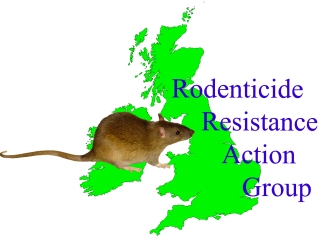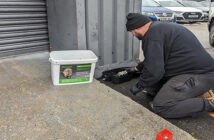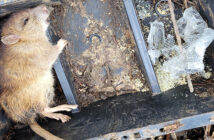The Rodenticide Resistance Action Group (RRAG) met in London on 23 November to discuss the ever-increasing problems posed by second generation anticoagulant resistance in the UK.
Delegates at the meeting represented the entire cross-section of those involved with the research, manufacture, sale and, most importantly, the regulation of anticoagulant rodenticides in this county. RRAG chairman, Dr Alan Buckle said: “In some areas of the country, due to anticoagulant resistance, and the current UK regulatory policy, many organisations cannot perform their statutory obligations to conduct effective rodent control to safeguard human health.”
|
In certain geographic areas in the UK where, because of resistance, the control of rodents is proving impossible with the two most widely used second generation anticoagulant rodenticides – difenacoum and bromadiolone. In these areas, continued and prolonged use of these rodenticides is not only ineffective, but also poses a significant and unwarranted risk to wildlife. In short, in the view of RRAG, no practice could be better conceived to exacerbate the severity and spread of resistance. RRAG wishes to seek advice from the Health & Safety Executive’s (HSE) Chemicals Regulation Directorate (CRD) on how to put together a proposal for consideration by the Advisory Committee on Pesticides (ACP) for the use of brodifacoum and flocoumafen ‘in and around buildings’ in defined circumstances in the UK. |
|
These proposals would be subject to three constraints: proof of resistance; restricted application and proven competence of technicians applying baits. In addition, this would be underpinned with intensive wildlife monitoring.
A full report on the meeting can be viewed in the forthcoming edition of Pest magazine.




